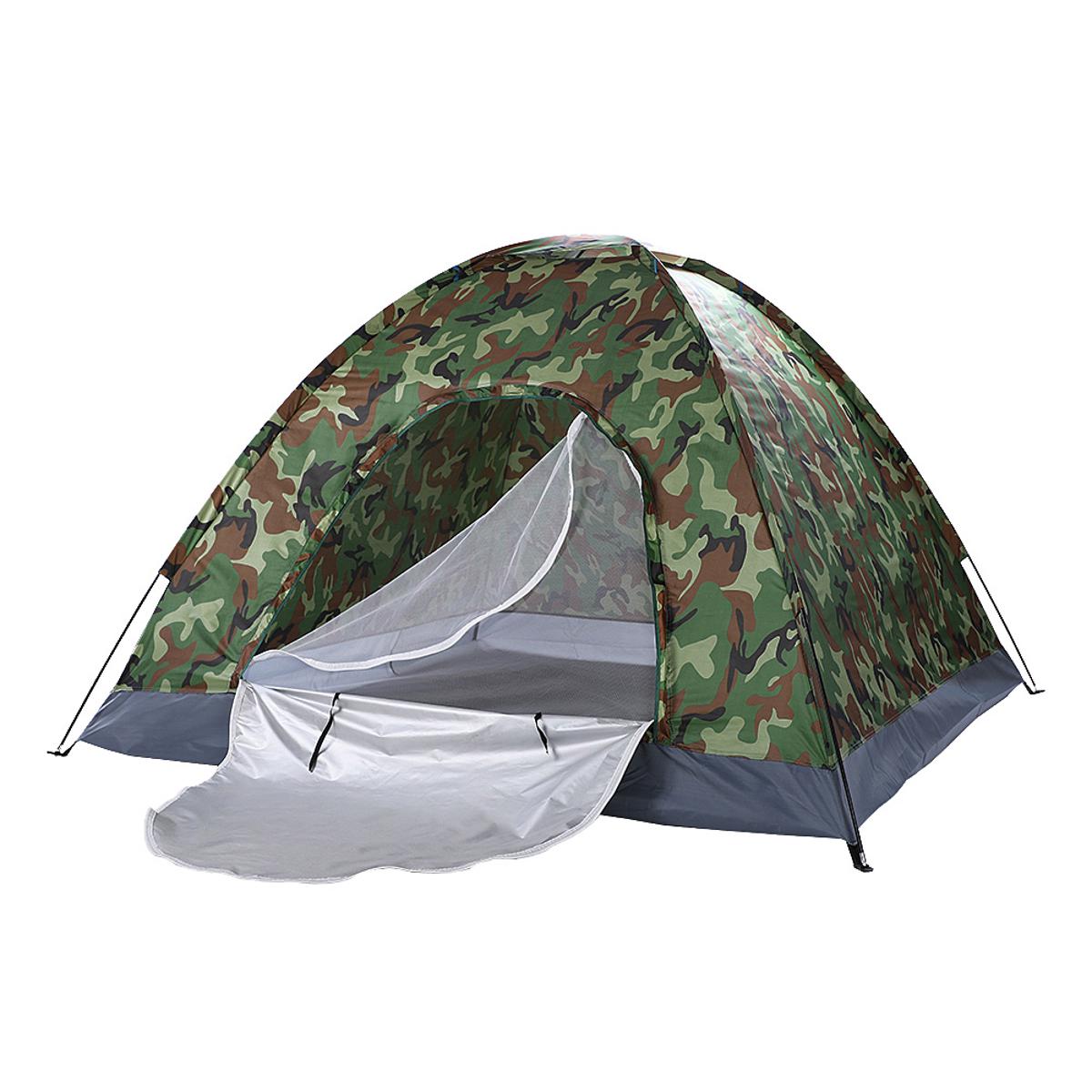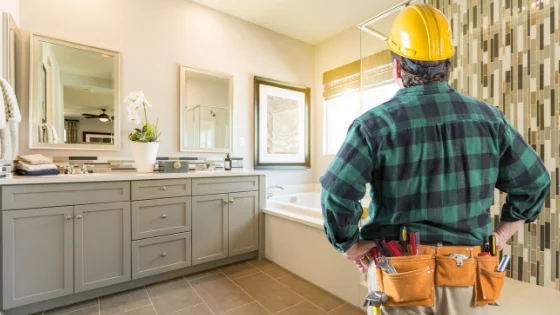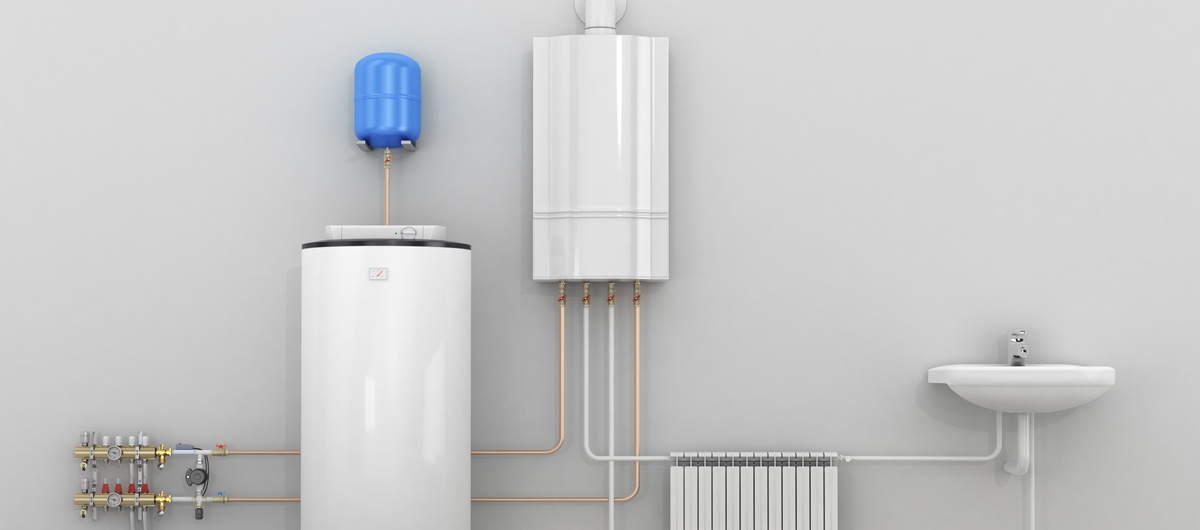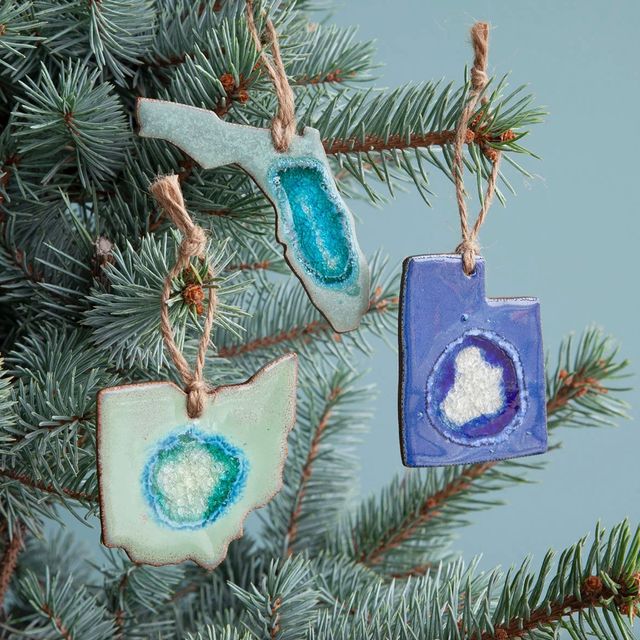The National Fire Protection Association recommends getting your chimney swept at least once a year. Chimney sweeping is essential for safety, since creosote can build up to dangerous levels and cause chimney fires.
Your chimney sweep will use a brush and vacuum to scrape off the accumulated coating of creosote that builds up on the flue lining. If your fireplace is glazed with late-stage creosote, your chimney sweep may need to use a chemical treatment. Visit for chimney sweep aitkin mn.
Cleaning
Chimney sweeps use special rods to scrape chimney walls and remove creosote buildup. Leaving even small amounts of this sticky, inky substance can increase fire hazards and lead to clogged flues that prevent toxic fumes from venting properly.
Sweeps also remove animals’ nests and debris. Chimneys often serve as the perfect spot for birds, squirrels and other critters to hide out or raise their young. Unprotected, the creatures can be suffocated or killed by the flames and hot ash of a burning fireplace.
The National Fire Protection Association (NFPA) recommends open masonry chimneys and wood stoves should be inspected at least once a year. The Chimney Safety Institute of America (CSIA) suggests scheduling inspections and cleaning as soon as you notice 1/8″ of soot or creosote glaze. This prevents chimney fires, reduces carbon monoxide poisoning risk and keeps fireplaces operating efficiently.
Inspection
Chimney sweeps not only clean chimneys, they also inspect them to ensure combustible materials aren’t blocking the flue. They can also spot problems that could lead to expensive repairs. Creosote build-up, for example, can crack “fireproof” brick, stone and clay flue liners and allow heat to reach nearby wood framing and other combustible materials.
The National Fire Protection Association (NFPA) recommends chimneys, fireplaces and vents be inspected and cleaned at least once per year. However, the Chimney Safety Institute of America (CSIA) suggests chimneys be swept more often, at least once every other year, to reduce the risk of dangerous and damaging chimney fires.
During the inspection process, a chimney sweep will use specialized rods and brushes to remove obstructions from the flue system. They’ll remove soot and ash, and they may apply a chemical treatment to glazed creosote (an inky-black, cake-icing-like material that can be a hazard) in order to break it up for easier removal. They’ll also look at the damper, smoke chamber and firebox for flammable materials and other hazards.
Repairs
Chimney sweeps are trained to identify potential hazards and perform chimney repairs when needed. This includes repairing and replacing damaged chimney components such as fireboxes, dampers, and smoke chambers. Sweeps may also repair or replace faulty chimney liners.
During a chimney cleaning, the sweep will use specialized rods and brushes to remove blockages, soot, and creosote buildup from inside your fireplace chimney, including the flue liner, chimney cap, smoke chamber, and firebox. If glazed creosote is present, the sweep may need to apply a chemical treatment that changes its nature and allows it to be more easily removed.
The sweep will also clean your chimney and fireplace inserts, if you have them, to improve their efficiency and reduce heat loss up the chimney. Before the chimney sweep arrives, it is a good idea to move any furniture away from the fireplace and cover it with plastic or a drop cloth. This will protect it from any ash, debris, or chemicals that may be spilled during the cleaning process.
Maintenance
The cleaning process can be messy — ash, soot and old creosote all make quite a mess. A good chimney sweep will take care to cover the floor and walls in your home with a drop cloth or plastic, and also bring a dual HEPA filter vacuum to keep dust levels down. They’ll either start from the flue or work from the roof, using different lengths of rods to scrub each section of your chimney.
As they work, the sweep will be able to tell you whether or not your chimney is in need of repairs. If so, you can schedule a time for the repair work to be completed by the chimney sweep.
Keeping your chimney clean will cut down on carbon monoxide problems. A clean, properly functioning chimney effortlessly carries the byproducts of fuel burning up and out of your home, but these byproducts can be deadly if they’re allowed to build up inside your home.


















Leave a Reply